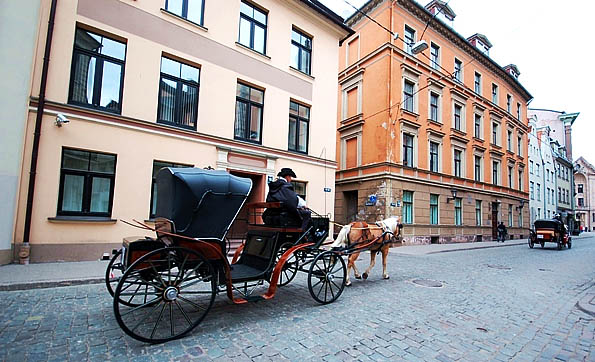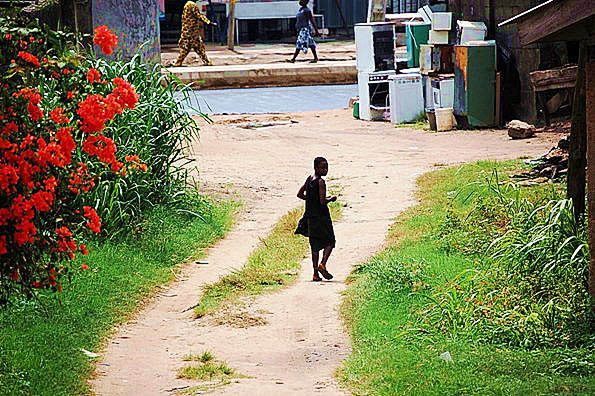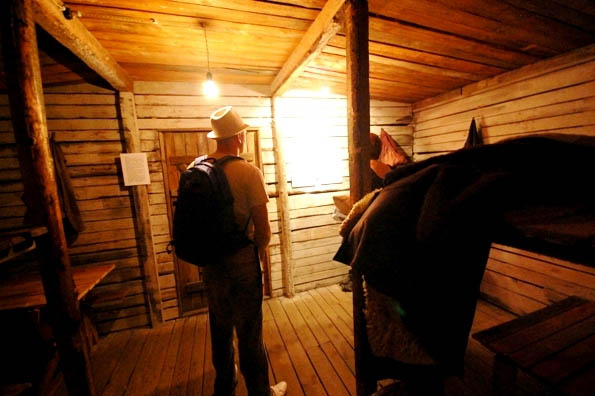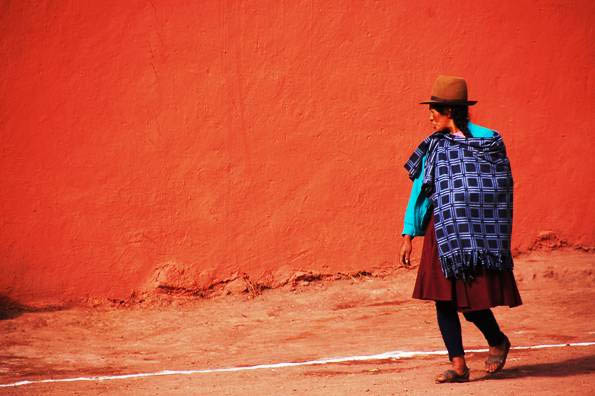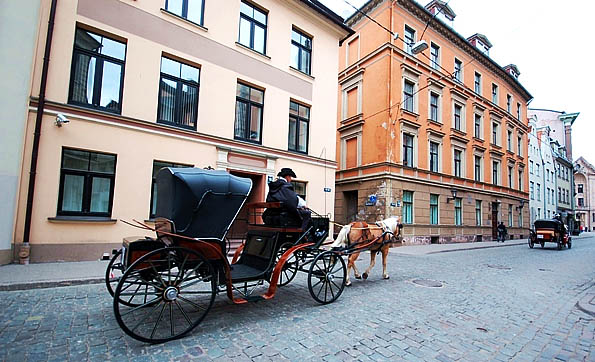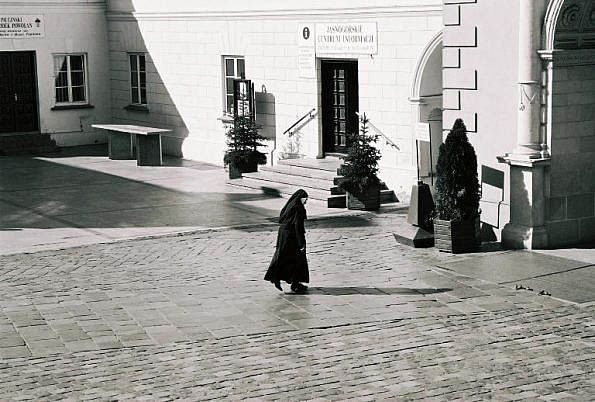EVER GLANCED in exasperation at travel photographs wondering why yours taken of the same landmarks or subjects never turn out as stunning?
Great travel photographs share a few similarities even though their subjects may be as different as a sweeping landscape or a brooding portrait.
